Indian politics and four challenges facing it today
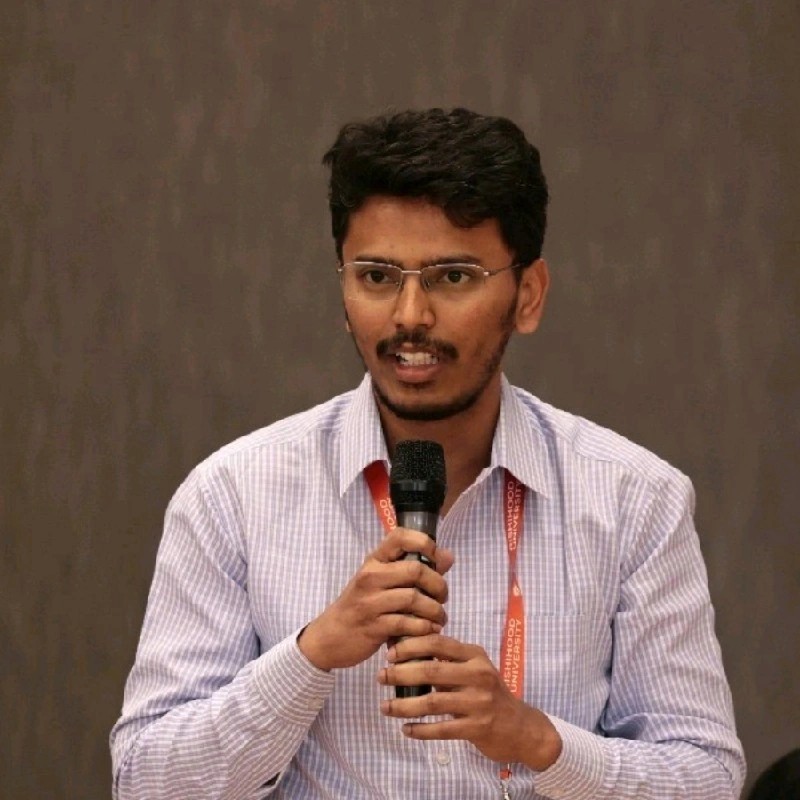
Srinath Rao P is the Founding Editor of The ArmChair Journal. Currently pursuing a Masters at the University of Chicago, Srinath is also an alumnus of IIT Madras, University of Hyderabad, Ashoka University, Purdue University and Rishihood University.
The recent protests related to CAA claiming lives in the national capital have reminded people of horrific times like the 1984 Sikh riots. I was not born at the time of sikh riots, nor am I witness to the Delhi riots. All I know about it is through social media. In this context, the following picture about a quick google trend search revealed to me that the word ‘muslim’ is being searched more- 60% more on average since 2013 compared to the earlier seven years. India and Indian politics is becoming more curious about the ‘muslim’.

Whether Indian politics has created this curiosity, or whether it merely reflects it as a mirror, or whether one feeds into the other, is a question almost impossible to answer. It is always impossible to draw a line between politics and the society in which they occur. At this juncture, many things worry Indian politics. Among them, for me, four are vital. Though these aspects could be dealt in a detail as much as one wants to, the popular opinions could more or less be captured in simpler detail. These aspects are and will remain politically contentious as long as there are no solutions.
Religion and nationalism
The question is primarily about the identity India has to embrace going forward. A sentiment that was submerged under the politics of Indian National Congress and its values enshrined in the constitution, has realized its political space through democratic means. Indian politics dominated by INC under its ‘secular’ credentials failed to connect with common people over time. The claims of INC towards preserving the secular character of the country attracted criticism, highlighting its insecurity towards gaining the goodwill of minorities.
Proposing an alternative ‘Idea of India’, the Bharatiya Janata Party has successfully captured the sentiment, won the trust of masses and held power for the past six years. With a singular common goal, the party moves ahead on the shoulders of the sincere and disciplined cadre organised under the Rashtriya Swayamsevak Sangh.
The astounding results of BJP in the last two parliamentary elections comes along with an aspiration to change the value system founding the constitution, and also the social fabric of society. The most controversial part of it is the vision it offers for Indian citizens who are Muslims. With Islamophobia as part of its politics, muslims are expected to be treated as second class citizens unless they embrace Hindu culture as per the whims of Hindus. In other words, Indian muslims have to be different from other muslims of the world.
The Indian political right leads the movement towards transforming Indian identity and moving towards ‘what it always was’. As such, it involves an interpretation of history and its ‘glorious’ aspects so as to justify it as the way forward. The political position of muslims is vital to this aspiration of a different idea of India.
While there haven’t been any serious intellectual works produced by the conservative leaders from the right, a focus on political power and a realist approach towards power keeps them relevant and improving. Their positions on caste and gender are not clear, as the primary focus is not these aspects of society, but to correct the wrongs committed by the INC leaders during partition. These aspirations are coupled with a sense of nationalism that every citizen must feel the responsibility to realise these goals, and offering any other version of nationalism would be seen as anti-national.
Gender and freedom
Though gender discrimination is structural and rampant, the way to come out of it is not strategized sufficiently. Almost every home practises it and yet, networks of women have not been able to challenge the patriarchal establishment. Increasing urbanization, progressive social consciousness through education, employment prospects for women in urban workplaces, along with a liberal culture towards freedom of women inculcated through universities- have all led towards a demand for emancipation. But remember, whenever a woman (wife) goes out of home for work, only another woman (maid) replaces her.
The reactions towards the patriarchal establishment are not organised. Individual reactions at the site of patriarchy- the family- are micro reactions happening in every home, which have not taken a popular social form. Larger movements are yet to arrive focussed on gender discrimination. Even politically, women have not been able to organise under an independent banner that could influence social consciousness, politics, or policy making. Though incidents like rape attract public outburst sometimes, they do not convert into substantial reforms in patriarchal power structure.
The question of gender emancipation could also mean reforming the family system Indian society rests on. However, the possibility of networks on social media can also make the efforts of women towards emancipation easier for strategy. The #MeToo movement is a good example of how social media could be leveraged towards attaining feminist goals. The success of capitalism with migration of workforce, also means some success for women as long as the joint family system is being replaced by nuclear families.
Aspects of gender related to queer identity are not yet popular except in some pockets in major cities, esp universities. General public cannot appreciate the idea of same-sex relationships, furthermore comedy is also attached to it, to hurt it more. Whenever gender is spoken in popular political sense, it is understood in a man-woman binary and nothing more. The formal identification of ‘third gender’ is also inconsequential for democratic politics based on numbers.
Caste and equality of opportunity
With a tradition of social reform movements, backed by modern literature and a concern for social justice, the challenge is to demolish caste and attain equal opportunity. ‘Caste’ is also a search term whose trend has been increasing on google search. Demolishing caste is essential as it creates an illegitimate system of hierarchy and affects the lower castes negatively. The upper castes, though they do not self-identify as practising caste discrimination, also do not acknowledge the structural privileges they enjoy.
Being privilege-blind, the upper caste believe they deserve their privileges and are unconcerned about aspects like manual scavenging and social ostracization of lower castes. They also accuse the lower castes of being free-riders in terms of reservation policies accompanied by a sense of reverse discrimination. However, a dalit manual scavenger will always only be replaced by another dalit manual scavenger.
The lower castes have been politically conscious and also come under different political banners to fight towards social justice- more in some states than the other. However, lack of financial power in terms of owning businesses or large tracts of agricultural and commercial lands meant that their political relevance is only to the extent of voting and not leading. Dominant political power still rests with the upper castes. Though there are also other backward classes who are historically discriminated against, the struggle towards caste emancipation is led by dalits.
The question of how to reconcile one’s identity and social position means for the dalit or other backward classes to rebel, while for the upper castes it means to acknowledge and sacrifice the privilege towards equality of opportunity. The impossibility of it means to sustain the status quo, or compete towards capturing power. Inevitably, the upper caste dominate Indian politics- owing to their social and financial capital.
Poverty and economic inequality
From starting off as a socialist state after independence, it took a BoP crisis to make an ideological shift and also justify it politically. With a large number of people under poverty and India being seen as an emerging market economy, one could argue neoliberalism was the best way to generate wealth, create work opportunities, and alleviate poverty. Hence, public policy and development appear to be the most important areas deserving attention so as to create a conducive environment for investment.
However, a crisis of governance in the name of corruption and policy paralysis, which peaked in the name of Anna Hazare movement and Nirbhaya movement, saw a regime shift towards relative authoritarianism and centralization that promised better governance and decision making. However, from public policy, the focus shifted towards the ‘Idea of India’ in the last six years sidelining debates on development. Debates concerning land acquisition, human development index, and so on, are no more topics receiving attention.
The problem of inadequate attention to policy making in Indian politics is intensified by the challenge that technology brings for jobs and the economy. It remains ambiguous how a tech-centric automated world can create jobs for millions of young Indians and how public policy must adapt to it. Increase in unemployment might mean increased welfare schemes and cash transfers from the government to keep consumerism and capitalism alive, and keep the system running.
India’s richest 10% control more than 74% of the national wealth, while poor women and girls—the bottom of the economic heap—put in ₹19 trillion of unpaid care work every year. Socialism today could be traced only in the welfarism promised by political parties under the pressure of competition during elections. At the same time, capitalism which has always been known for its increasing inequality and is only destined to rise it further, would only escalate the inequality unless innovative systemic changes are sought.
To conclude, these four challenges in the name of religious nationalism, caste, gender, and economic changes appear to be the most challenging concerns facing Indian politics today and in times to come. Only time will tell what the politics and society prioritizes more than the other, and how they evolve.
Featured Image Credits: Sri Harsha Dantuluti


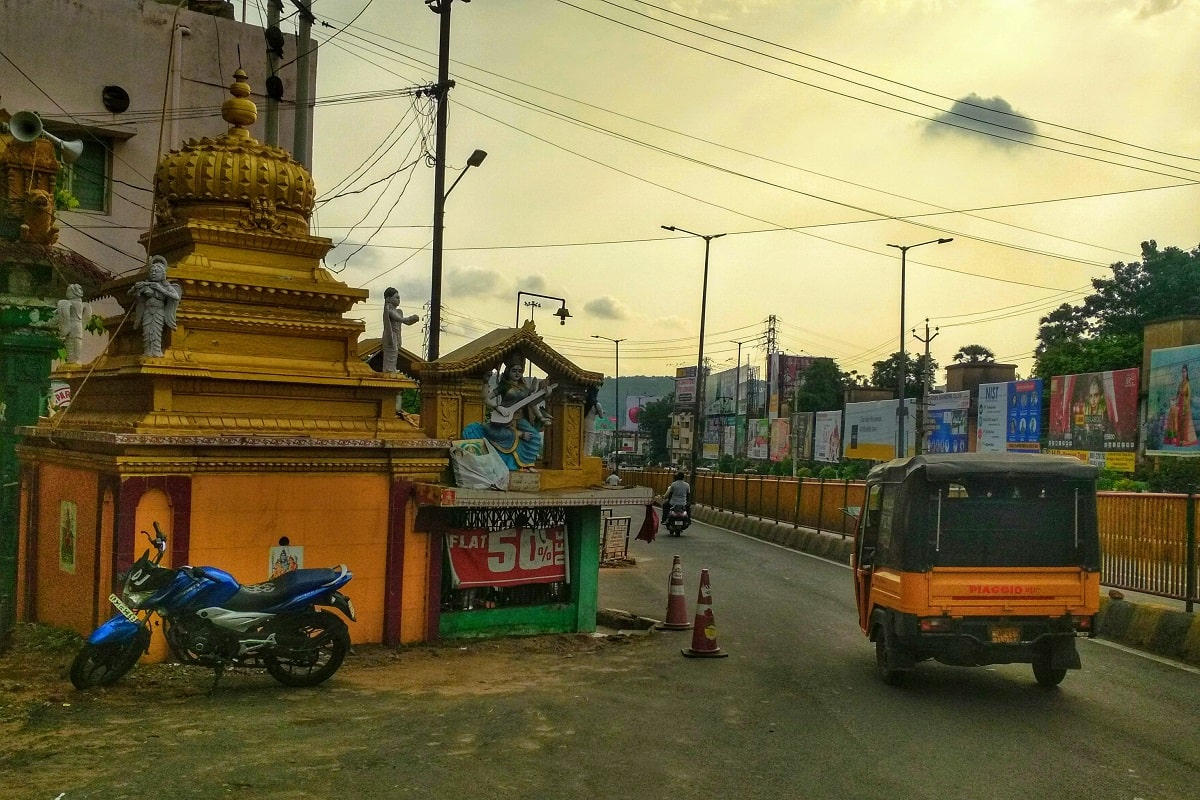
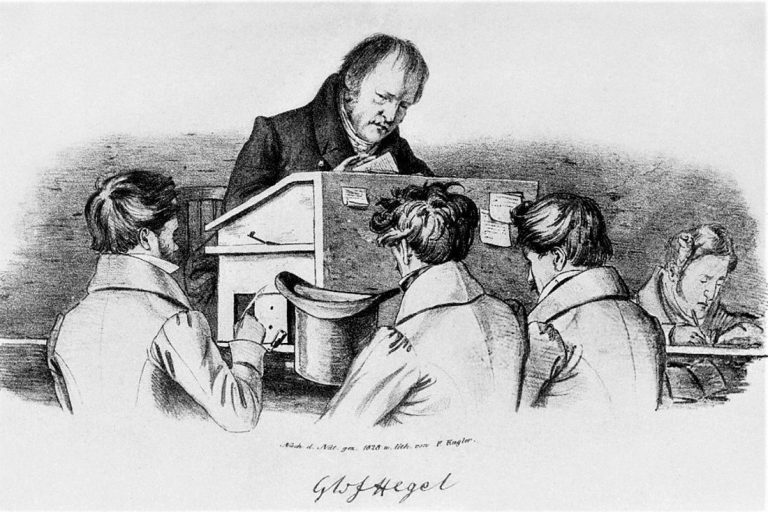
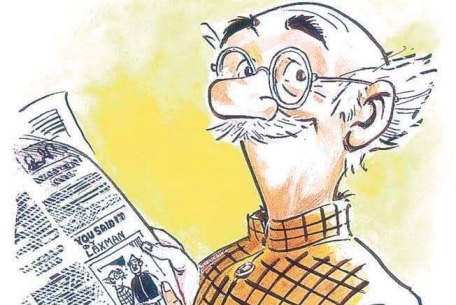
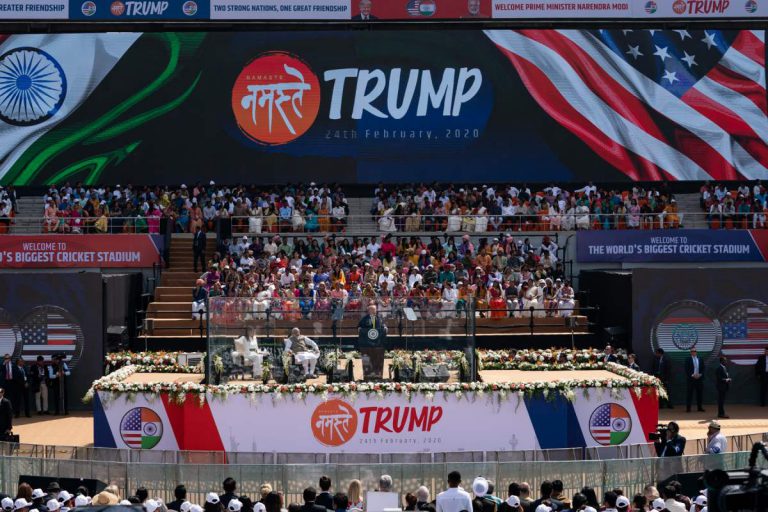
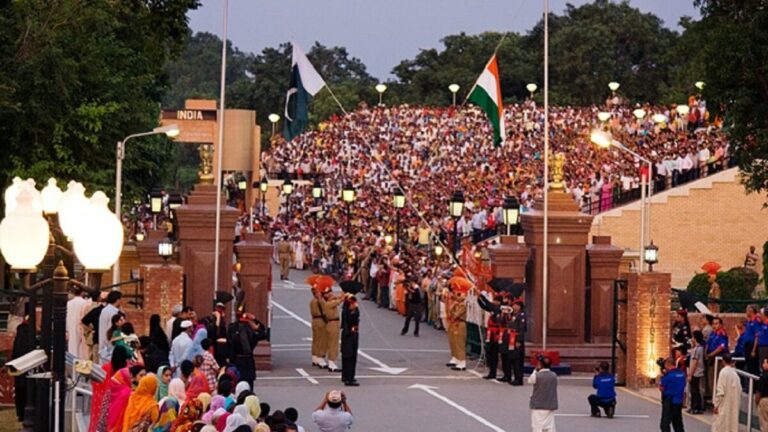
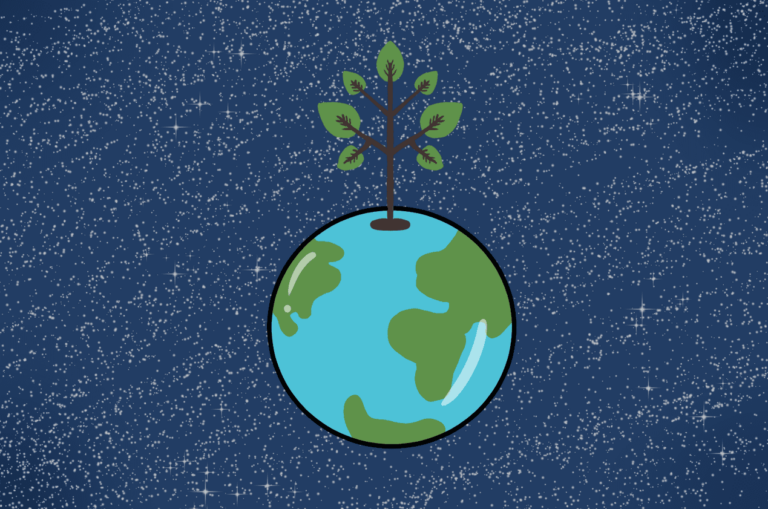
Readers' Reviews (13 replies)